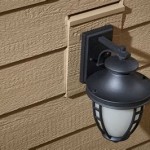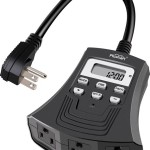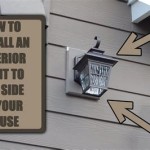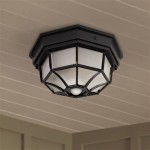How to Build an Outdoor Gas Fire Pit: Essential Aspects
Building an outdoor gas fire pit requires careful consideration of several key aspects to ensure its safety, functionality, and aesthetic appeal. These essential aspects range from choosing the right materials to proper ventilation and safety precautions.
This article will delve into the essential aspects of building an outdoor gas fire pit. We will provide comprehensive guidance on each aspect, highlighting the importance of each and explaining how it contributes to the overall success of your fire pit.
1. Site Selection and Preparation
Choosing the right location for your fire pit is crucial. It should be far from flammable materials and structures, and there should be enough space around it for people to gather safely. Once you have chosen the location, clear the area of any debris or vegetation that could pose a fire hazard.
2. Materials Selection
The materials you choose for your fire pit will determine its durability, aesthetics, and overall performance. Fire-resistant materials such as concrete, brick, or natural stone are excellent choices for the fire pit's base and surround. For the burner, choose a high-quality stainless steel or iron burner designed for outdoor gas fire pits.
3. Ventilation and Safety Features
Proper ventilation is essential to prevent the buildup of dangerous gases like carbon monoxide. Ensure that the fire pit has adequate airflow through holes or vents in its base and surround. Additionally, install a thermocouple or flame sensor safety feature that automatically shuts off the gas supply if the flame goes out.
4. Gas Line Installation
The gas line should be installed by a licensed professional who will ensure it meets all safety codes and regulations. The gas line must be buried underground at least 12 inches deep and protected from any potential damage. The connection between the gas line and the fire pit must be secure and leak-free.
5. Fire Pit Construction
Follow the manufacturer's instructions for constructing the fire pit. If using concrete or brick, mix and pour the material into a mold or build a form to shape the fire pit's base and surround. Once the material has set, install the burner and connect it to the gas line.
6. Ignition and Fire Control
Once the fire pit is complete, test the ignition system to ensure it works properly. Most gas fire pits have an electronic ignition, which provides a safe and convenient way to light the fire. Adjust the gas flow to control the flame height and heat output.
7. Maintenance and Care
To ensure the longevity and safety of your outdoor gas fire pit, regular maintenance is essential. Clean the burner periodically to remove any debris or blockages that could affect its performance. Inspect the gas line and connections for any damage or leaks. Cover the fire pit when not in use to protect it from the elements.

How Do I Build A Diy Fire Pit For Natural Gas Starfire Direct

How To Build A Gas Fire Pit Woodlanddirect Com

Dress Up Your Deck With A Diy Gas Fire Pit Modernize

How To Build A Gas Fire Pit In 10 Steps Homeadvisor

Diy Outdoor Fire Table Hamilton Park Home

How To Build A Natural Gas Fire Pit For Luxurious Yard 2024 Outdoor Seating Designs

How To Install A Diy Fire Pit Burner Pan Firepit Outfitter

Diy Propane Fire Pit Starfire Direct

Diy Outdoor Gas Fire Pit

How To Make An Outdoor Gas Fireplace With Diy Pete
Related Posts







